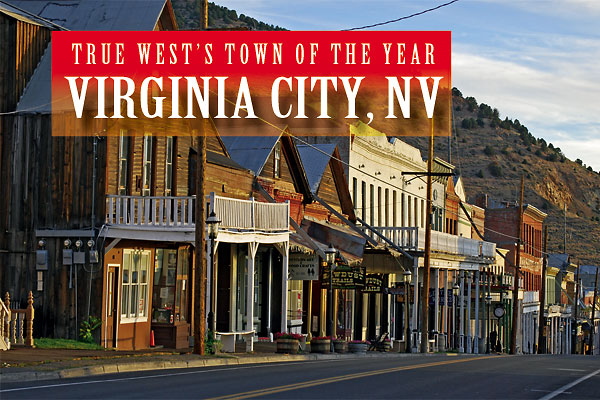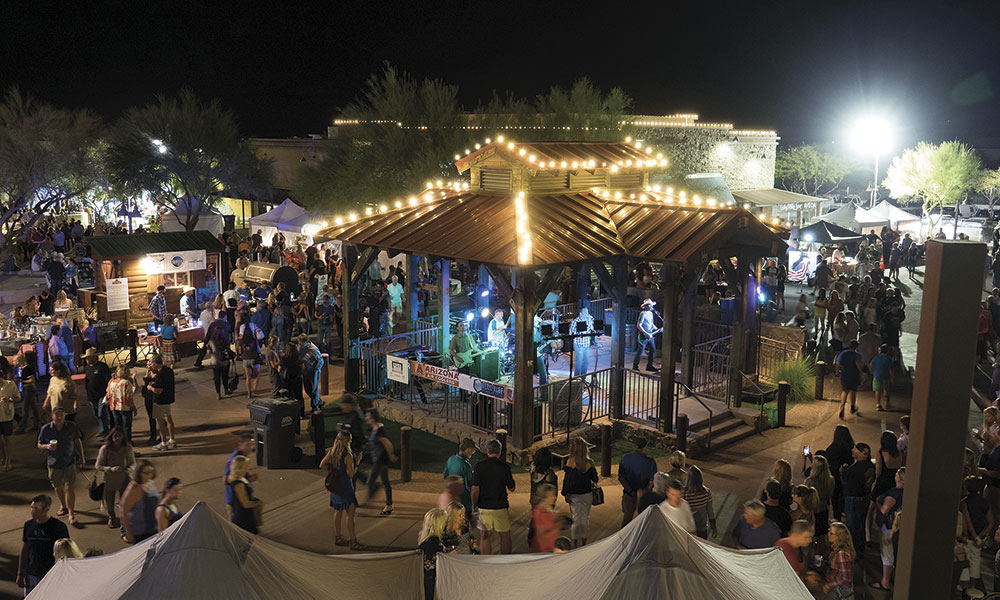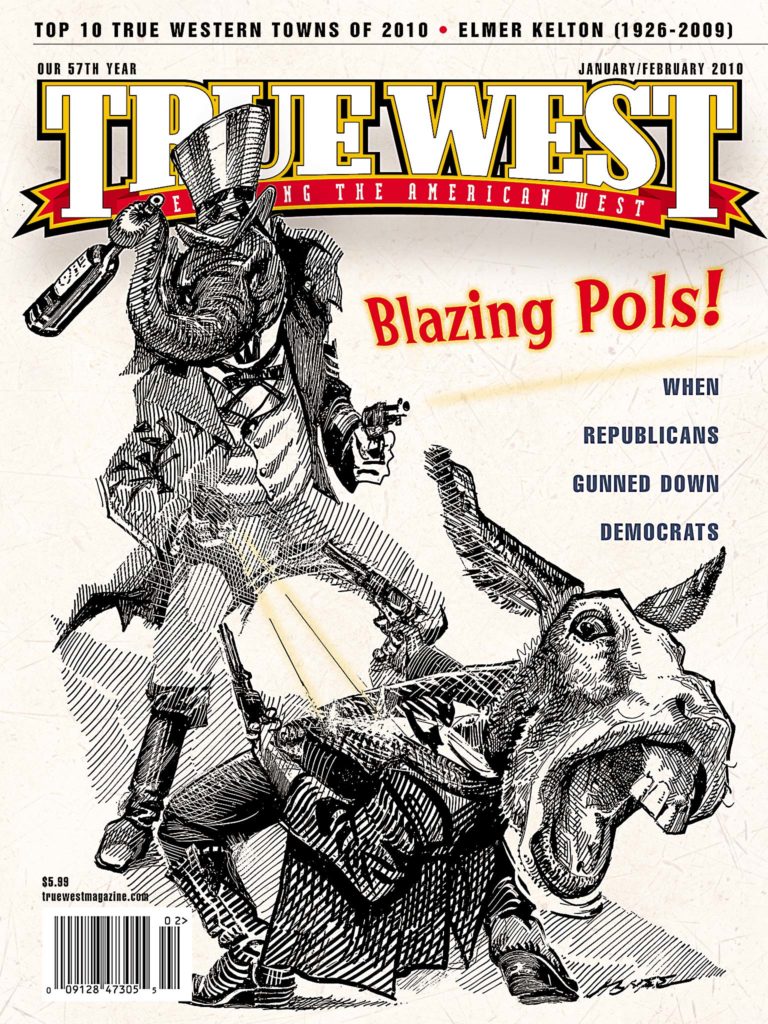5. GLENWOOD SPRINGS, COLORADO
For its 125th birthday, Glenwood Springs, Colorado—population 9,000—is getting the recognition it deserves as a True Western Town of 2010.
Doc Holliday is usually what first comes to mind when Glenwood Springs is mentioned; after all, he died of tuberculosis at the Glenwood Hotel and a memorial marks the place where he was buried in the Linwood Cemetery. Yet this city has so much more to offer than its connection to the famed Tombstone gunfighter. In fact, the city just inducted a marker for Kid Curry, a Wild Bunch outlaw also laid to rest in Linwood.
How the city is spreading its news about the rest of its history is an effort spearheaded by many of its local citizens. The power of the people is truly at work in Glenwood Springs.
The Downtown Business Association is in an ongoing project to document its historic buildings via plaques that give a brief description of the building’s history along with a vintage photograph.
The Frontier Historical Museum is erecting interpretive signs around the community at sites such as Glenwood’s first jail in Veltus Park and the 1888 Cardiff Coke Ovens.
Local citizen Israel Shapira finished his renovation of the 1904 home of Edward T. Taylor, the Colorado senator responsible for the passage of the Taylor Grazing Act in 1934. Shapira has moved on to his next building renovation—restoring the arched windows and unpainted brick of the former JC Penney building.
Citizens Pete and Margie Crow run their business Downtown Drug in the 1905 Glenwood Springs Odd Fellows Hall. They are at work removing the aluminum siding from the building to reveal its brick and arched windows.
The owners of the 1913 Citizen’s Bank utilized vintage photographs to accurately restore the interior and exterior of the bank building.
And thanks to preservation efforts nearly 20 years ago, an original Ute Trail was opened to the public. Current Ute tribal members worked with local volunteers and archaeologists from the U.S. Forest Service to map the original trail the tribe had used to access Glenwood Springs and its hot springs and vapor caves. The Ute Trail, within the White River National Forest, was dedicated in 1992.
What attracts us to Glenwood Springs is how the town demonstrates history as relevant to everyday life through its pairings of historic attractions with modern-day needs, such as the 1895 Fairy Caves that are a popular attraction at a local theme park and the 1896 vapor caves that have been renovated to a spa today. The 1888 Hot Springs Pool also features modern safety features, but its red sandstone bath house stands in its original form as a testament to the past.
The area’s original inhabitants, the Utes, believed in the healing powers of the hot mineral springs. The town’s springs later attracted President Teddy Roosevelt, silver heiress Baby Doe Tabor, actor Tom Mix and even gangster Al Capone. The 1893 Hotel Colorado, where many of these famous guests stayed, still houses hotel guests today. Hanging in its entryway is a hand-stitched quilt depicting images of historical significance to the town with squares of the Ute Indians, the Hot Springs Pool, a teddy bear, a steam train, Glenwood Canyon and the Colorado River.
What also makes us smile about Glenwood Springs is that it is one of the few historic rail towns that still operate as a rail town. The Denver and Rio Grande Western first arrived here in 1887, and now the city’s 1904 depot welcomes visitors on Amtrak.
Happy birthday Glenwood Springs. Here’s hoping your charms will live on during the next 125 years.





